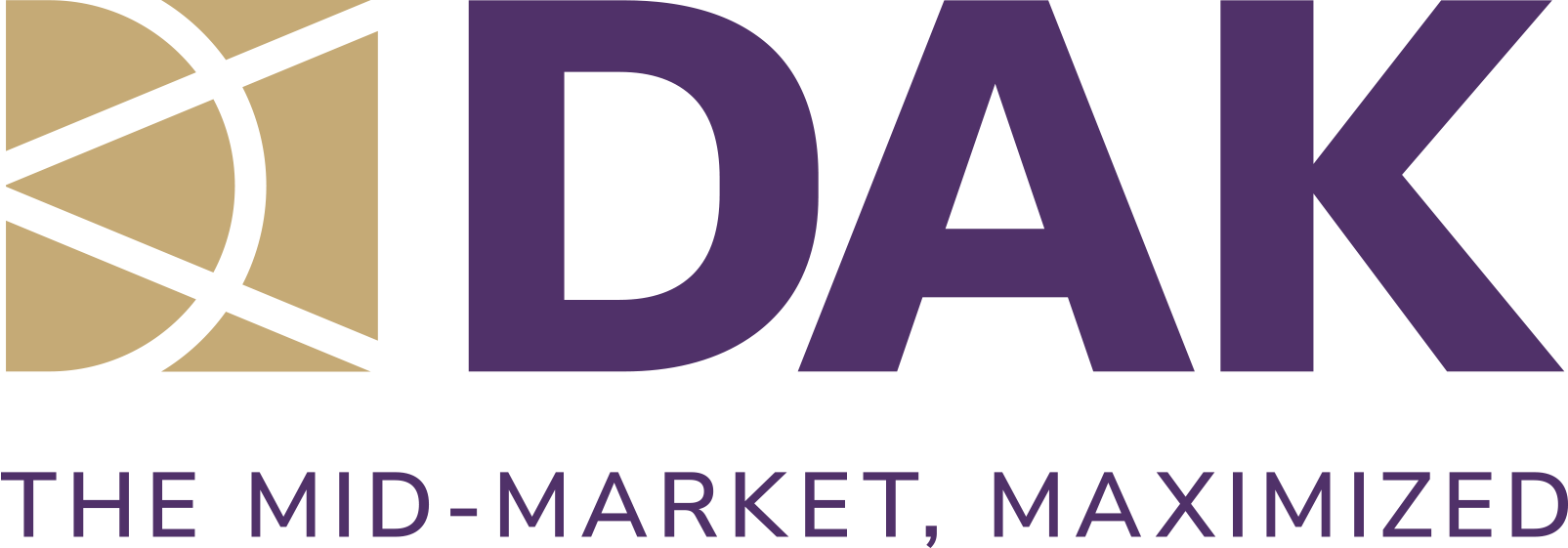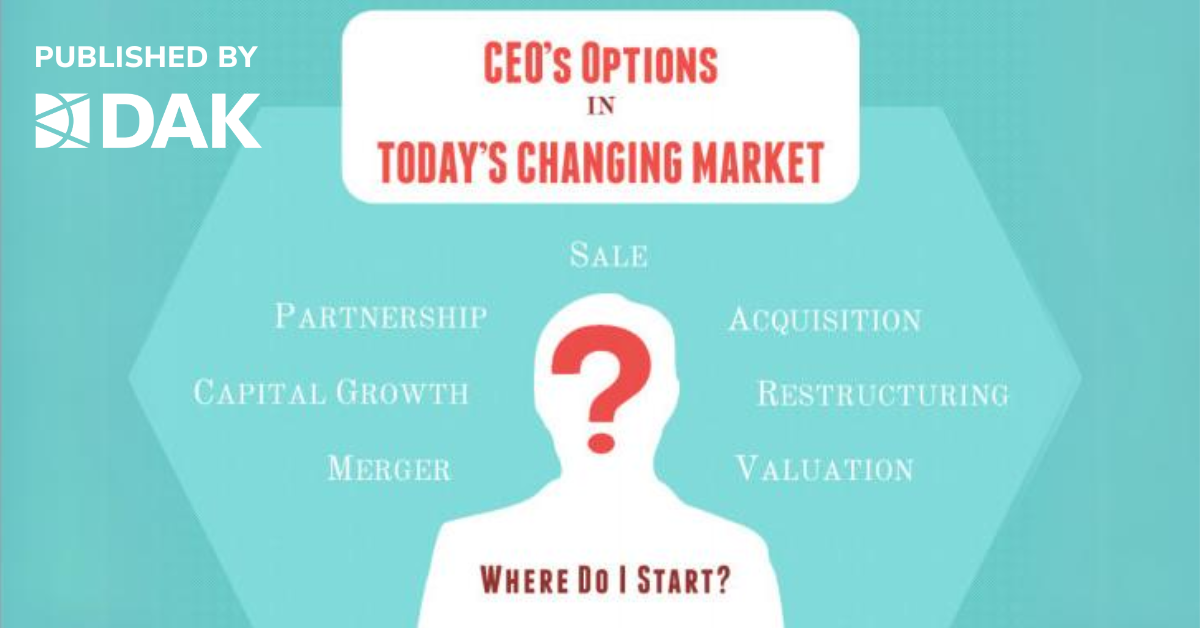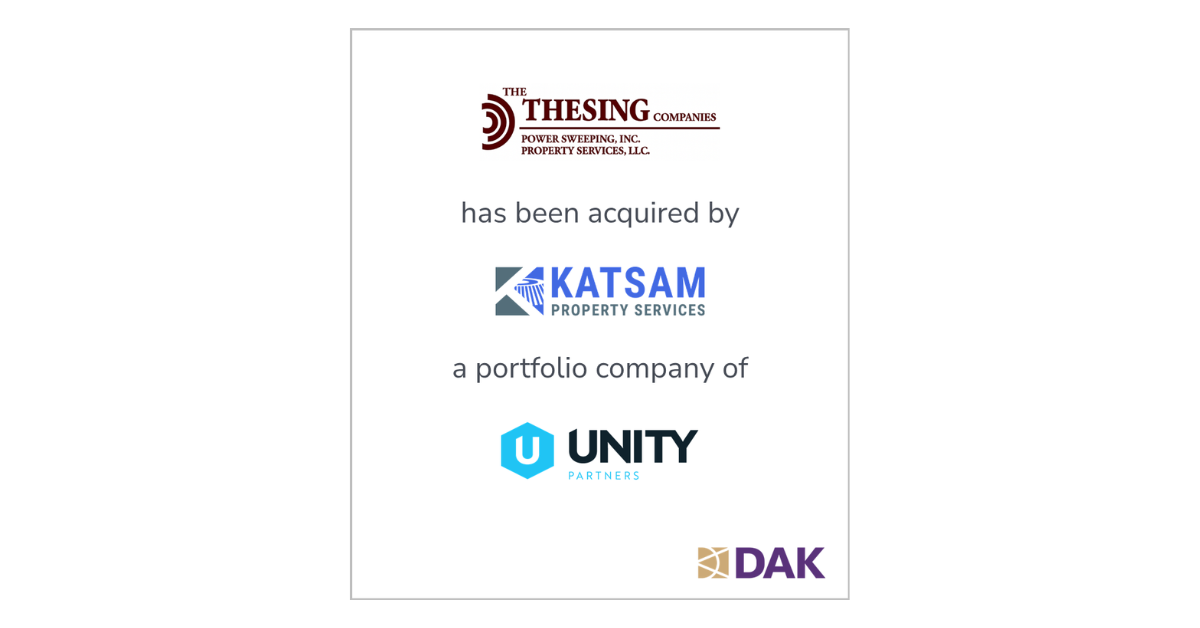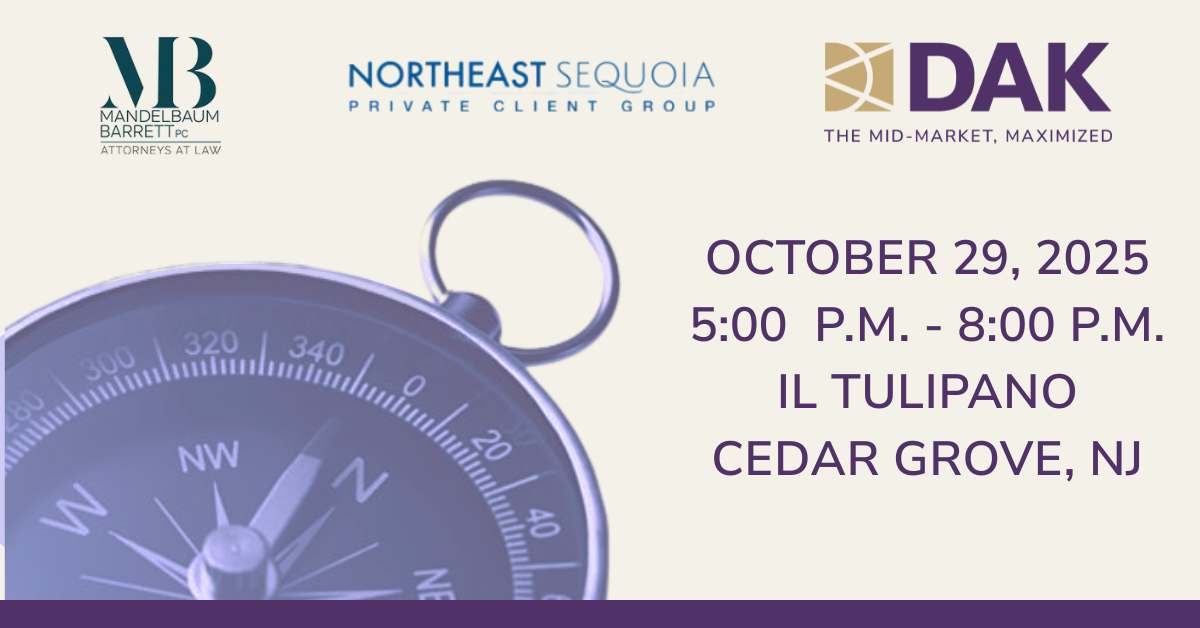The economy is changing, and standing still is not an option. Mid-market business owners must choose between several financial paths, including investment in growth, M&A activity and cashing in.
The ‘speed up’ cycle is over; we’re now in the ‘do it’ cycle,” says Phil Fine, Best Practices Chair of Vistage International. Vistage is a peer-to-peer membership organization for CEOs, business owners and executives of small- to mid-size businesses. In a recent Vistage member survey of 1,500 CEOs, 63% said the economy has improved in this past year, the highest percentage since 2004. Seventy-seven percent of CEOs expect revenues to increase and 62% expect profits to increase as well.
“This is the perfect time for business owners to make a decision,” Fine says. The middle market is expanding, becoming more complex and facing significant changes that will create both challenges and opportunities. For instance, the rise of increasingly complex standards and regulations in certain industries has driven brand manufacturers to seek partners who can handle their growing compliance requirements, as well as make investments in human resources, new equipment, more integrated information technology and other capabilities. You may need to ask yourself if these are capabilities you have internally, and if not, how and where you will acquire the skills, experience and competencies.
Many executives and stakeholders are wondering what strategic direction is best for them. They can choose to continue to grow organically, or through acquisitions, finding partners or additional funding. Conversely, if their company’s value is at a record high, it may be a good time to exit. As a rule of thumb, your own process should begin with a true evaluation of your situation, both business and personal; a discussion with your management team; and a brainstorming session with an investment banker who is experienced in guiding your type of business through strategic alternatives.
The investment banker should understand your role in your industry as well as the needs of businesses of your size. The banker’s role is like that of a “strategic coach” who can help you start the process and navigate the intricacies of transactions; they know how to sell and buy companies, how to get the most value from a transaction and how to leverage your assets in different ways—from a partial sale to a strategic alliance to raising capital.
Do I Grow?
Once you’ve made the decision to invest in the company in order to keep up with demand, the next question is: How? Can I grow my business organically or do I need to add external assets to keep moving forward? Here are some of the basic strategies:
- Partner: Seek a strategic partnership to propel growth with expanded resources and/or capabilities.
- Secure Growth Capital: There are a number of sources of growth capital available. Selecting the right one for your business depends on your situation. Three of the most popular methods are: bank debt via a commercial loan at favorable market rates and terms; mezzanine financing through an unsecured loan that typically commands higher interest rates than a bank loan, but has no principle amortization, providing better liquidity; and equity investment, in which an individual or firm exchanges cash for ownership in your company with the anticipation of sharing in the income and growth.
- Acquisition: You should only choose to acquire another company that will be accretive to the value of your business. You can start by developing a checklist of criteria that the acquisition should provide. Some key areas for consideration are adding product lines, distribution channels, capacity, capabilities or geography. Always consider the impact of additional customers.
- Organic Growth: Create new ways to increase revenue by using your existing resources more effectively.
Do I Take Money Off the Table?
There are several options that exist to take money off the table. You can do a recapitalization or “recap” of the business that will reorganize the balance sheet and allow the owner to get money out of the business while maintaining control. You can also sell all or part of the business. There are several types of buyers who have different advantages and attributes that can be considered:
- Strategic Buyer: A strategic buyer often pays the highest price and has significant synergistic reasons for executing on a transaction. Your company’s capabilities could increase the strategic buyer’s scope in ways you may never imagine, substantially increasing their own value and paying you a lucrative multiple. In today’s market, foreign strategic buyers are paying above market prices as a way to get into the US market.
- Private Equity: There are also a large number of private equity firms who are active in middle market industries. If your transaction is structured correctly, these firms will purchase a portion of your company (some majority, some minority), allow you to take money off the table, stay involved and share in the growth. This is an appropriate hedging strategy for those who aren’t quite ready to exit, and want to hedge their bets.
What Is My Business Worth?
In any of the above scenarios, your investment banker should be able to help you understand the value of your business. Be very careful about the industry rule of thumb: The specifics of your business really impact its value. It’s important for you to understand the value that an investor sees in your company. If the purchaser is strategic, then you need to know how your business will impact the value of their business to obtain the highest valuation. Don’t assume that an industry average multiple is the right valuation metric for your business.
Eric Wilhelm, CEO of Atlanta-based company Coregistics, has been on both sides of the table, first selling a packaging company (Wilpak, Jacobson), and acquiring co-packers (Market Resource Packaging and Cano Packaging). When it comes to operating strategies that lead to profitable growth, he has one simple rule of thumb: “Run your business like you are NEVER going to sell it.” Only then can you make effective decisions that build off one another to form a solid platform from which to grow. “That’s a good rule. But the real trick,” he says, “is to simultaneously run it like you are going to sell it tomorrow. That’s the magic that keeps the right people interested.”
All in all, acquisitions and divestitures represent great opportunities for middle market businesses to take advantage of the changing market. With sound advice, good planning and a strategic approach, you can review a number of options to determine which is best for your business.
Selling your own company—or buying someone else’s—is not a task you want to take on without the assistance of experts that understand the steps, can navigate the process and bring value to whichever side of the table you end up on. Therefore, we recommend consulting with experienced professionals, including investment bankers, attorneys and accountants who can help guide you through the process.
CLICK BELOW FOR FULL ARTICLE PRINTABLE VERSION





